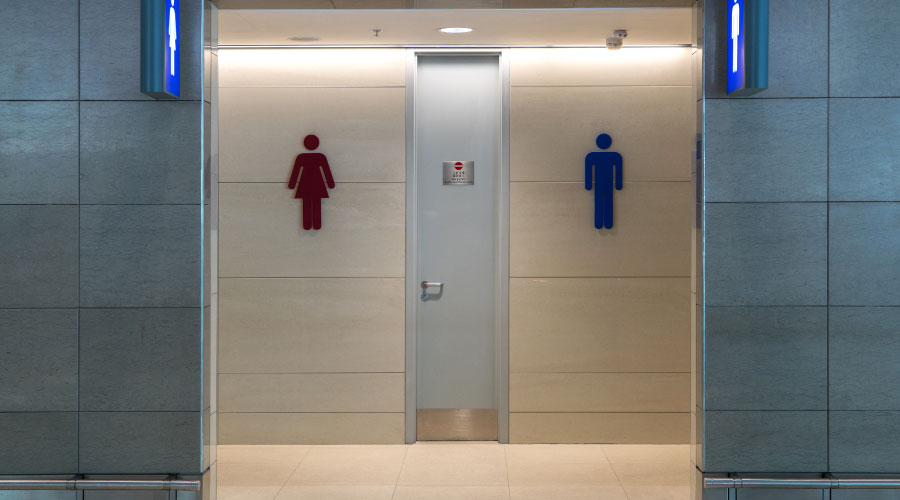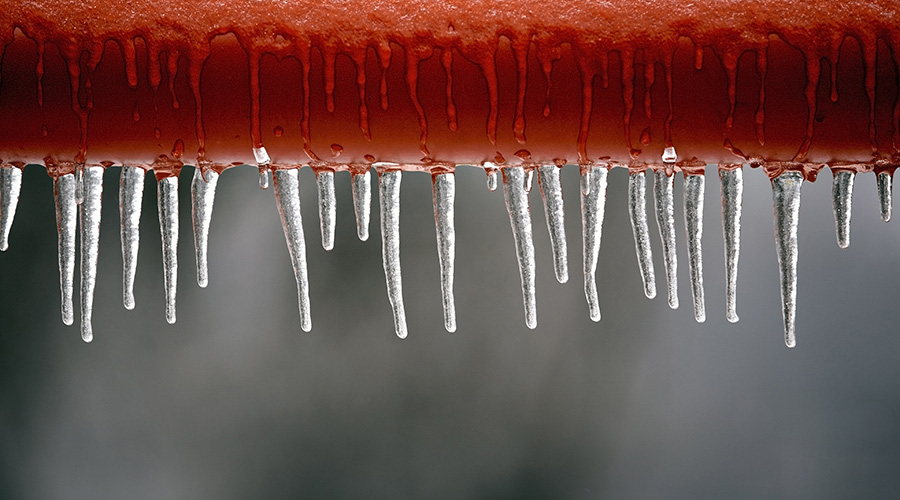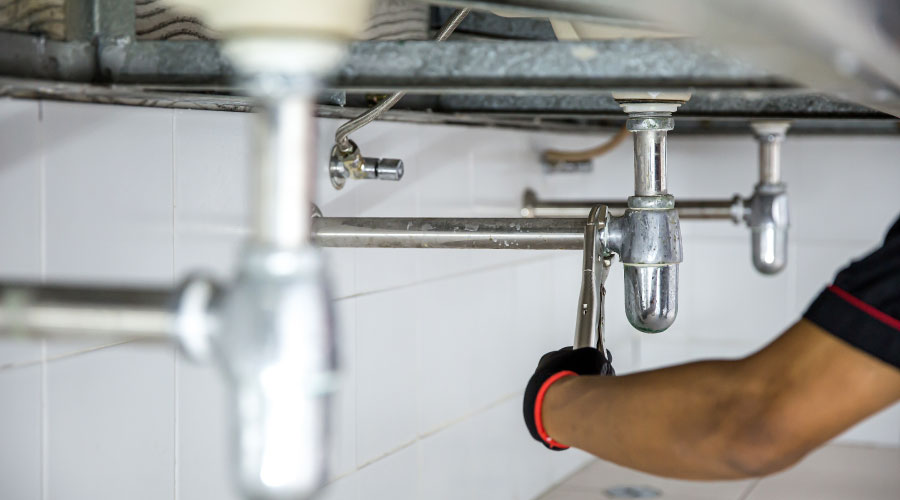Drain Cleaning Safety Checklist
Making sure operators follow key safety features is important for any drain-cleaning job, but safety concerns become even more prevalent when renting. When operators use the equipment for the first time or only a couple times throughout the year, they do not have a chance to become familiar with the way the machines function. Regardless of comfort level, operators should read the owner’s and instructions manuals and possibly consider more in-depth training.
“If you have someone that isn’t well-trained, you might want to look at what training materials the company has,” Silverman says. “Do they have instructional videos? Do they have someone who’ll come out and teach someone how to use the machine?”
Even if someone is properly trained and comfortable with the equipment, operators need to follow a handful of basic safety measures when cleaning drains. Intrieri says key safety considerations include the following:
• Make sure electric drain-cleaning machines come with an electrical cord that features an equipment-grounding conductor and a grounding plug.
• Ensure the machines have a ground-fault circuit interrupter.
• Use only a three-wire extension cord that has a three-pronged, grounding-type plug.
• Keep loose-fitting clothing away from the cable.
• When using cutter blades, make sure they are securely attached to the cable.
• Do not turn on the machine until the cable is inserted about 5 or 6 feet into the drain line.
The possibility of disease transmission also is a concern.
“The risk of disease in this industry is real,” Madden says. “Wear gloves, wash your hands using sanitizing soap and hot water, cover all cuts and open sores, and make certain your inoculations are up to date.”
When it comes to personal protective equipment, manufacturers recommend using leather gloves — not cloth or rubber, due to the risk of getting caught in the cable — safety glasses, and rubber-soled shoes or boots.
Related Topics:














